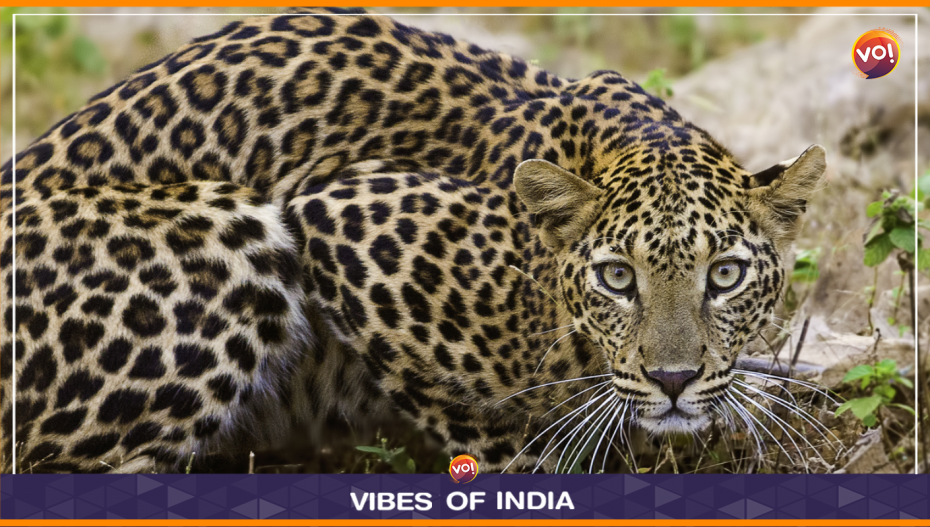A leopard never changes its spot, goes an adage. But leopards in Surat are changing their habitat. A study conducted by a forest department and MSU’s zoology department claims that leopards in Surat, which has a high population of leopards, are venturing out to hunt livestock in other villages.
According to a national daily, the study was based on a detailed examination of leopard scats. Areas such as Mahuva, Mangrol, Mandvi, Mandvi and Bardoli, where high instances of leopard conflicts were witnessed in recent times, were considered for research.
It added that shrinking forest land and loss of wild prey like wild cats, wild boar and deer are compelling leopards to move to south Gujarat.
“Collecting scats and examining them is the best way to find out the prey base of the leopards. Our examination of the undigested food revealed the presence of dog hairs, and poultry feathers among others, establishing that their prey base had changed from wild animals to domestic animals like dogs, goats, and poultry birds,” Dr Geeta Padate, principal investigator of the project titled ‘Ecology of Leopards in Relation to Prey Abundance and Land Use patterns in Surat District’, was quoted as saying.
Dr Chandni Valodkar, Assistant Professor, Co-investigator of the project, told the daily, “Our study has found that since agriculture has expanded and sugarcane cultivation too has grown, these fields are acting as a shelter for these leopards which are nocturnal animals. The sugarcane fields which are not harvested for 10-11 months along with abundant ‘gando bawal’ located near the water bodies are acting as a shelter for the leopards who use them for their hiding during daytime and venture out in the night in search of food.”
She added that livestock like poultry birds and goats were becoming easy prey for leopards.
Also Read: Bodakdev School Faces Flak For 40% Fees Hike; Refutes Charges, Dubs Hike As “Term Fees”












